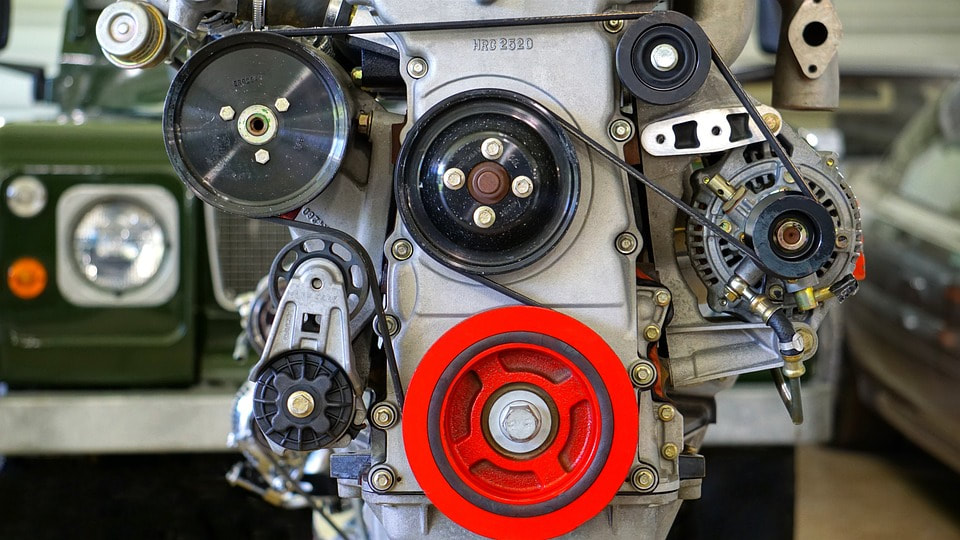|
A timing belt, also referred to as a cam belt, is an essential part of an engine that plays a crucial role in its proper functioning. This component synchronizes the rotation of the crankshaft and camshaft, ensuring that the engine's valves open and close at the correct time. In this article, we will delve into the significance of the timing belt, its mechanism, and how to maintain it. Timing belts are usually made of high-strength rubber and reinforced with cords made of fiberglass or Kevlar. They are designed to last for a certain period, generally around 60,000 to 100,000 miles or 5 to 7 years. However, their lifespan can vary based on factors such as engine load, temperature, and driving conditions. The timing belt works by connecting the crankshaft to the camshaft, which controls the opening and closing of the engine's valves. The camshaft rotates at half the speed of the crankshaft, and the timing belt ensures that both the crankshaft and camshaft rotate in sync, ensuring proper engine timing. A broken or worn-out timing belt can result in serious engine damage, as it can cause the valves to open and close at the wrong time, leading to the piston hitting the valve, causing a bent valve or even piston damage. This can be an expensive repair, and in some cases, it may be more cost-effective to replace the engine entirely. To prevent timing belt failure, regular maintenance is crucial. It's essential to check the manufacturer's recommended replacement interval and replace the timing belt as needed. A trained mechanic can inspect the belt for signs of wear or damage and advise you on when to replace it. If you notice any warning signs such as noise or vibration coming from the engine, difficulty starting the car, or misfiring, have it checked by a mechanic immediately. These symptoms could indicate a failing timing belt, and ignoring them can lead to catastrophic engine damage. The timing belt plays a critical role in the engine's functioning and should be regularly inspected and replaced as needed. Neglecting this component can lead to costly engine repairs or even engine replacement. By staying vigilant and following the manufacturer's recommended maintenance schedule, you can keep your engine running smoothly and avoid unnecessary repairs.
0 Comments
Your comment will be posted after it is approved.
Leave a Reply. |
Auto Tuning Blog “The content provided is for educational and informational purposes only.”
Categories
All
|
Please note that we don't accept Orders / support requests sent direct to our email address.
Electronic Repair Company |
|
|
All Rights Reserved, ©2024 Electronic Repair Company


